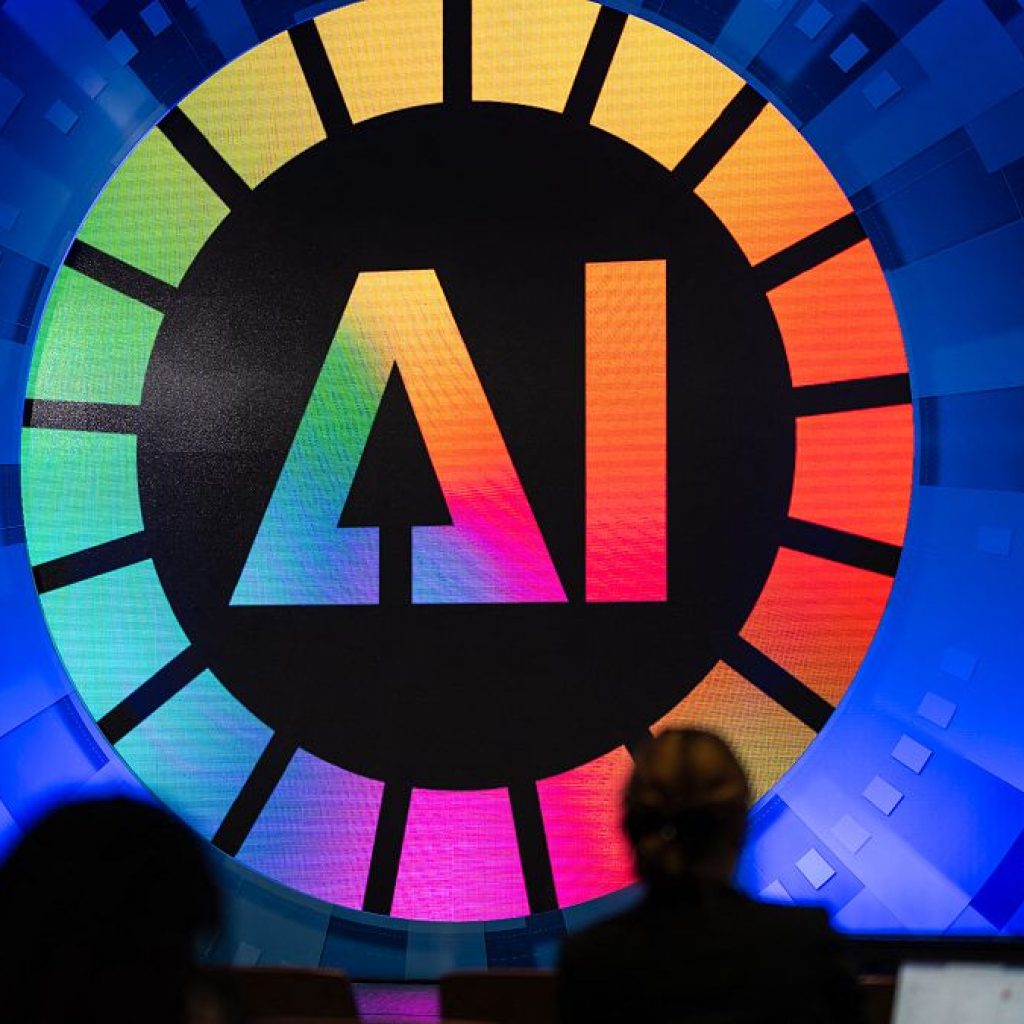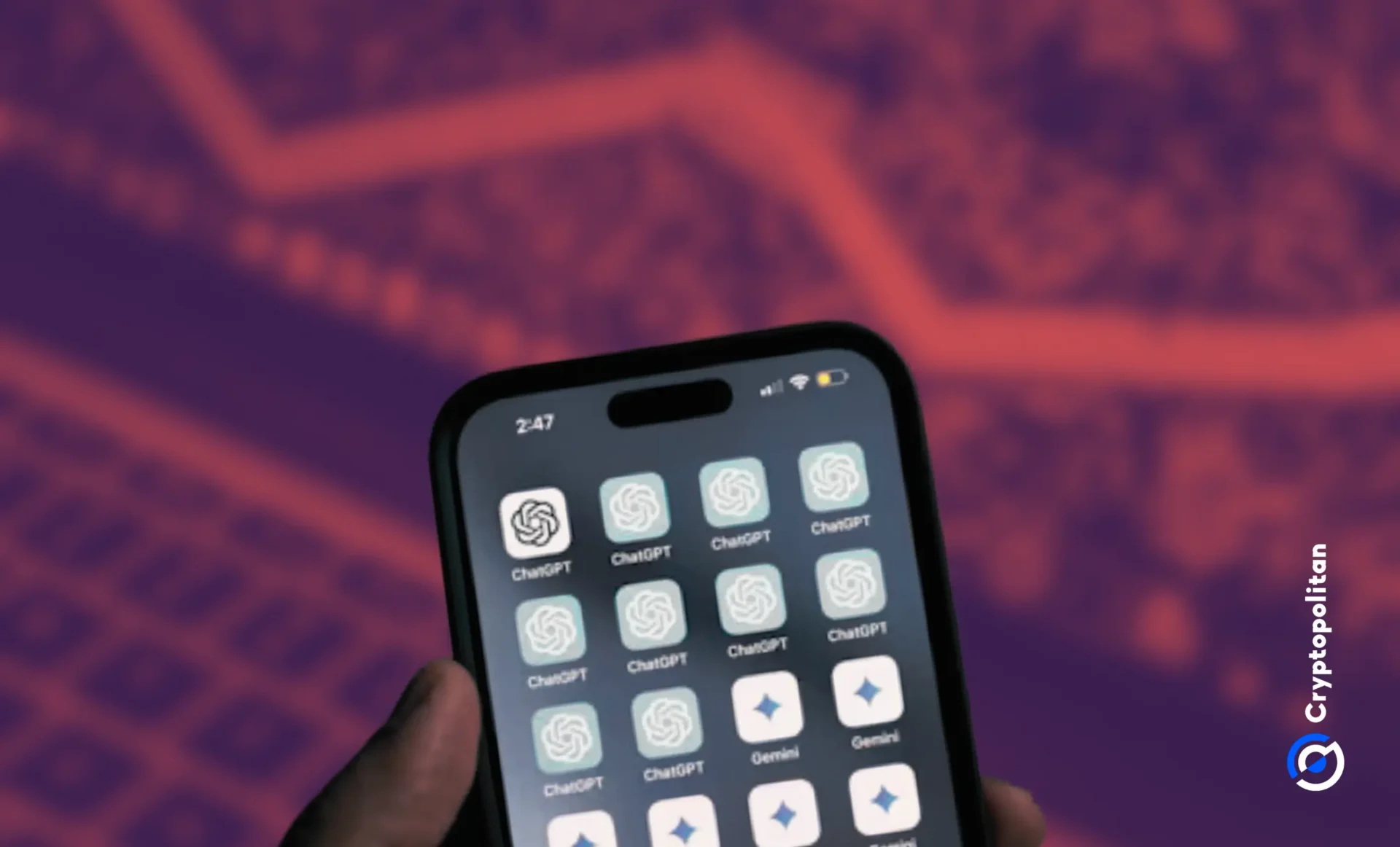Generative AI has surged to prominence in recent times, with tools like ChatGPT and BARD becoming integral to both work and personal contexts. But, a recent survey reveals a dilemma for organizations: 75% contemplate banning generative AI due to perceived data privacy and security risks. The ensuing debate prompts a crucial question—how should leaders guide their organizations through the maze of generative AI adoption?
Despite its ubiquity, a Deloitte survey exposes a stark contrast—77% of workers believe their employers disapprove of generative AI use. This disconnection hints at a need for transparent conversations about AI’s role in the workplace. The challenge isn’t the technology but the communication breakdown between employees and employers. As generative AI becomes a workplace mainstay, leaders must grapple with defining its role within their organizations.
Standardizing generative AI usage
Anticipating a 42% industry growth over the next decade, it’s no surprise that generative AI is infiltrating workspaces. In roles demanding technical prowess, such as software development, generative AI expedites tasks, minimizing hiccups. With widespread adoption, organizations must consider implementing policies to regulate generative AI usage. Just as companies guide employees on facilities, internet, and social media use, generative AI policies offer consistency, dispelling doubts, and aligning everyone in the organization.
Policy creation is a logical evolution for organizations embracing generative AI. Customized policies, reflecting the nature of the organization’s work, ensure clarity and address concerns regarding data privacy. A generative AI policy, while specific to each organization, should adopt clear language, fostering employee comfort with technology use. HR teams play a pivotal role in not only crafting policies but also leveraging other tools to ensure widespread comfort and understanding.
After policy implementation, HR teams can employ various tools to foster generative AI literacy among employees. Information sessions and training initiatives create a standardized approach, normalizing conversations about AI usage. Clear communication and normalization of these discussions empower employees to share details about their generative AI use with their managers.
Encouraging a transparent company culture
Effectively maneuvering through shifts in the workplace necessitates the establishment of a seamlessly integrated internal communication framework. Leaders, by actively cultivating an environment conducive to open discussions, wield the power to assuage apprehensions stemming from the fear of judgment, thereby fostering a climate conducive to enhanced employee well-being and heightened productivity. The provision of coaching, both for leaders and employees alike, assumes the role of a potent catalyst, propelling the wheels of open feedback and communication forward. In doing so, it acts as a smoothing agent during periods of transition, contributing to the refinement of team dynamics.
Embracing the adoption of Generative AI, a substantial recalibration within the workplace landscape, ought not to be perceived as an instigator of anxiety. Instead, it should be approached with a perspective that positions HR leaders as pivotal architects in the continuous sculpting of organizational culture, thereby transforming this significant adjustment into an opportunity for growth and development.
The rise of generative AI signals not just a technological shift but a cultural one. Transparent discussions, standardized policies, and a proactive approach to communication are the keys to ensuring that generative AI becomes an asset rather than a liability in the modern workplace.





